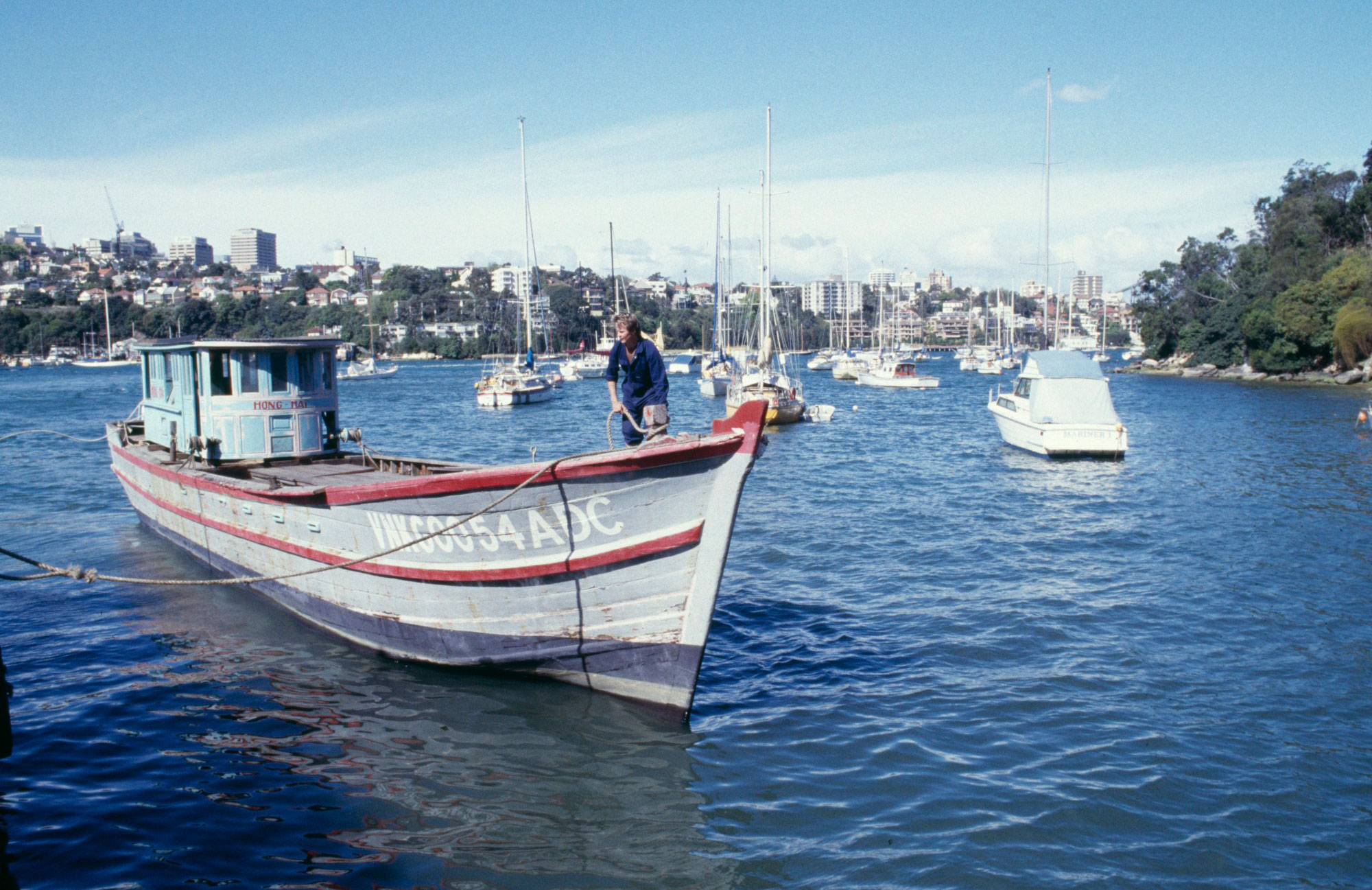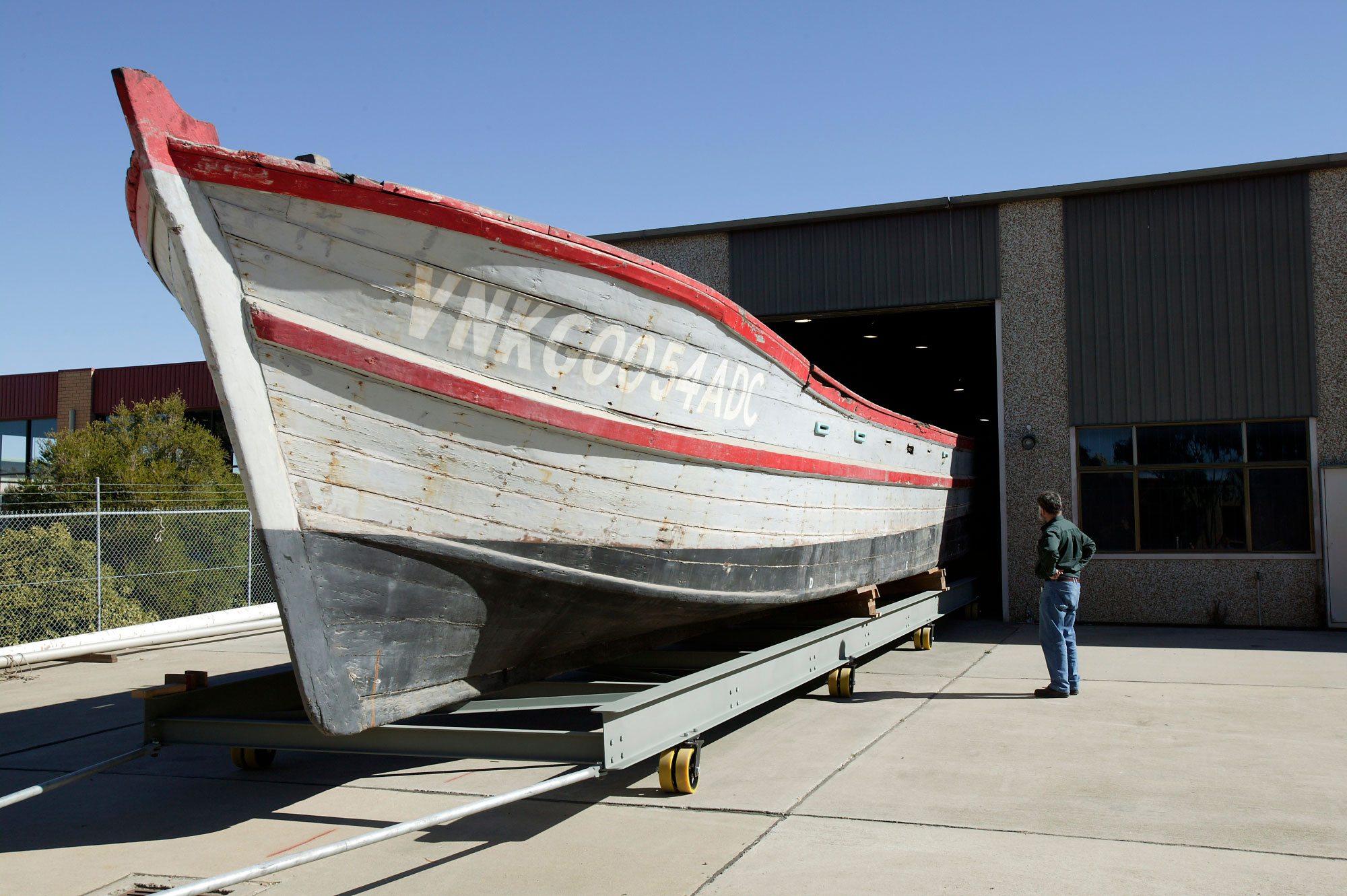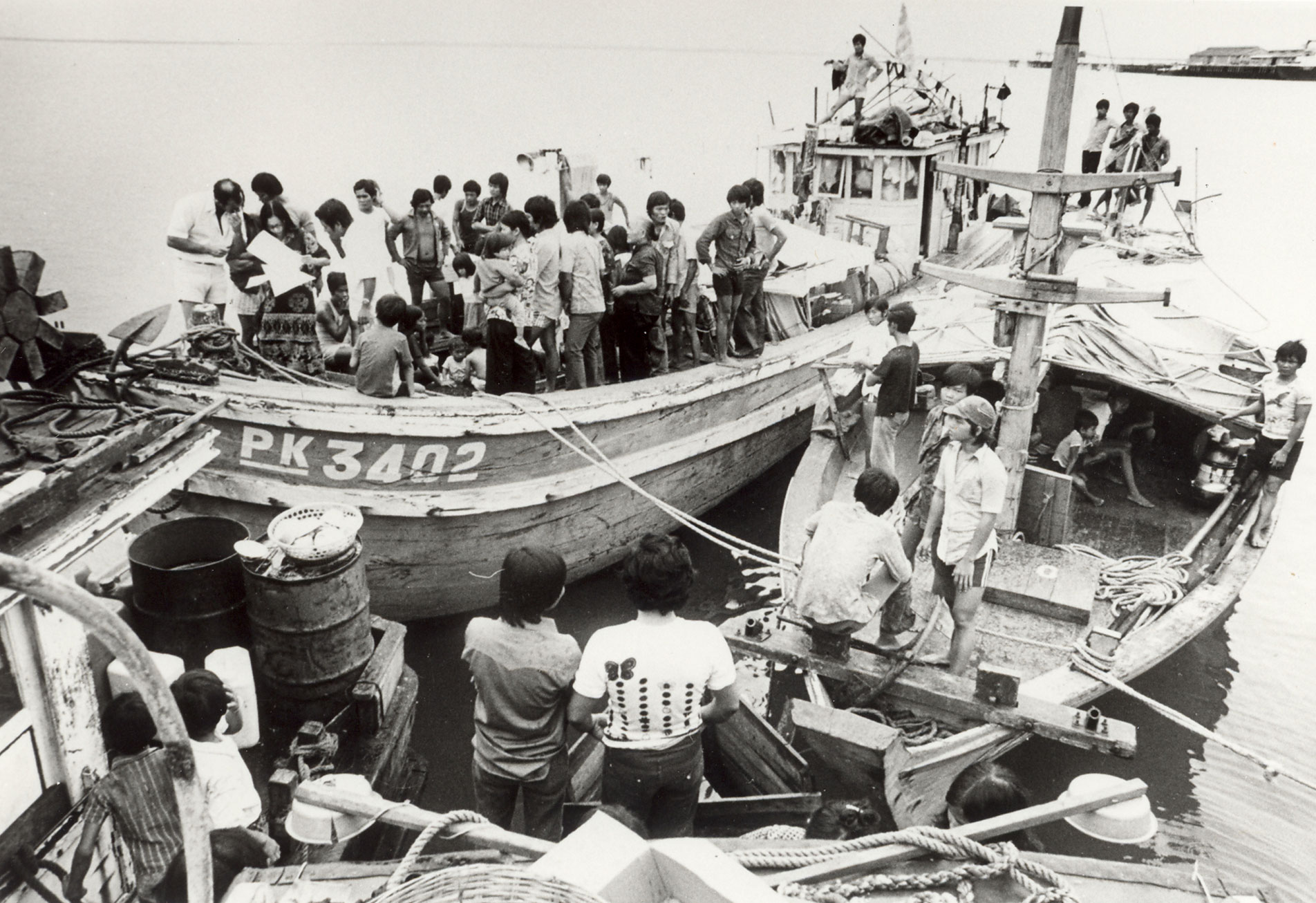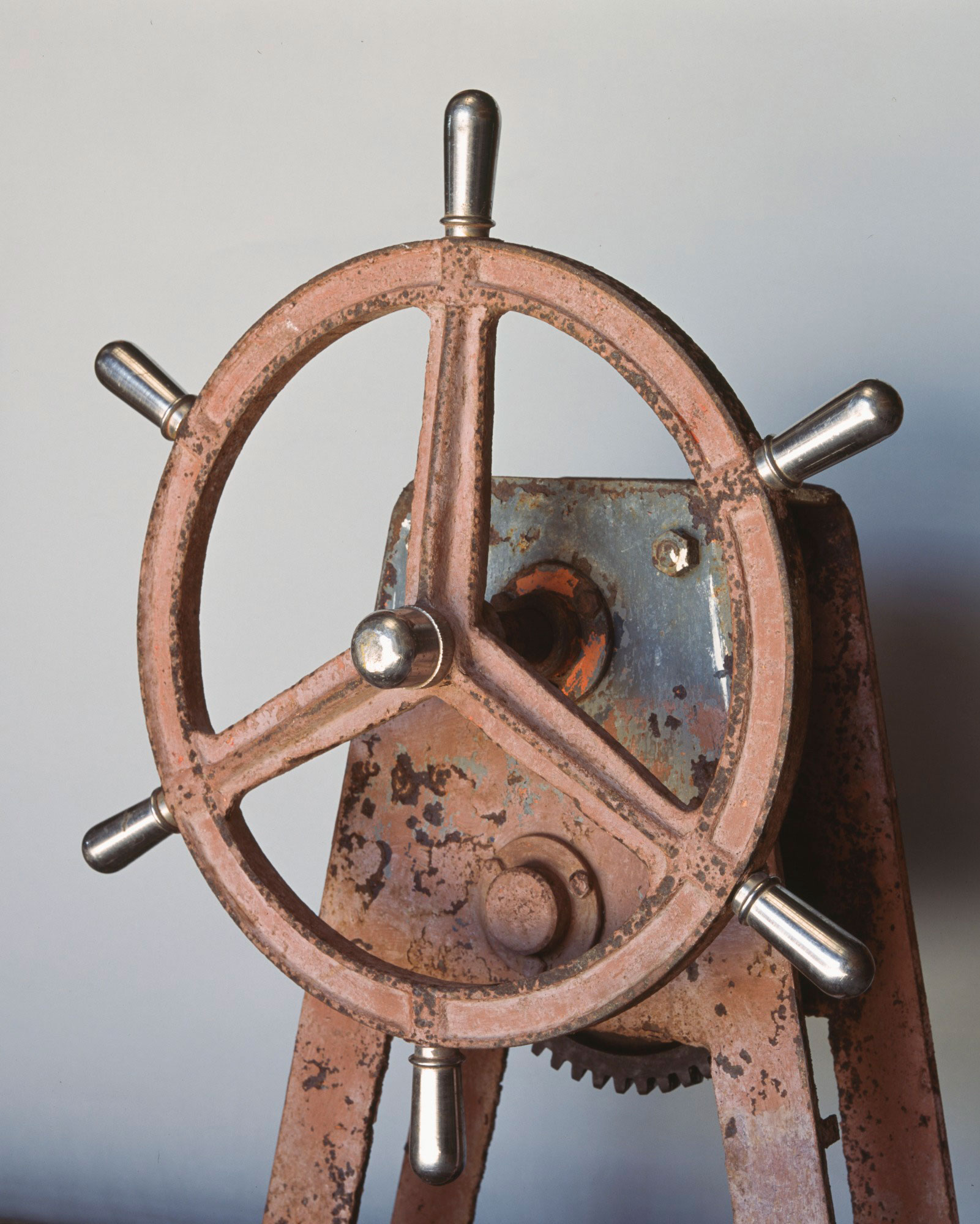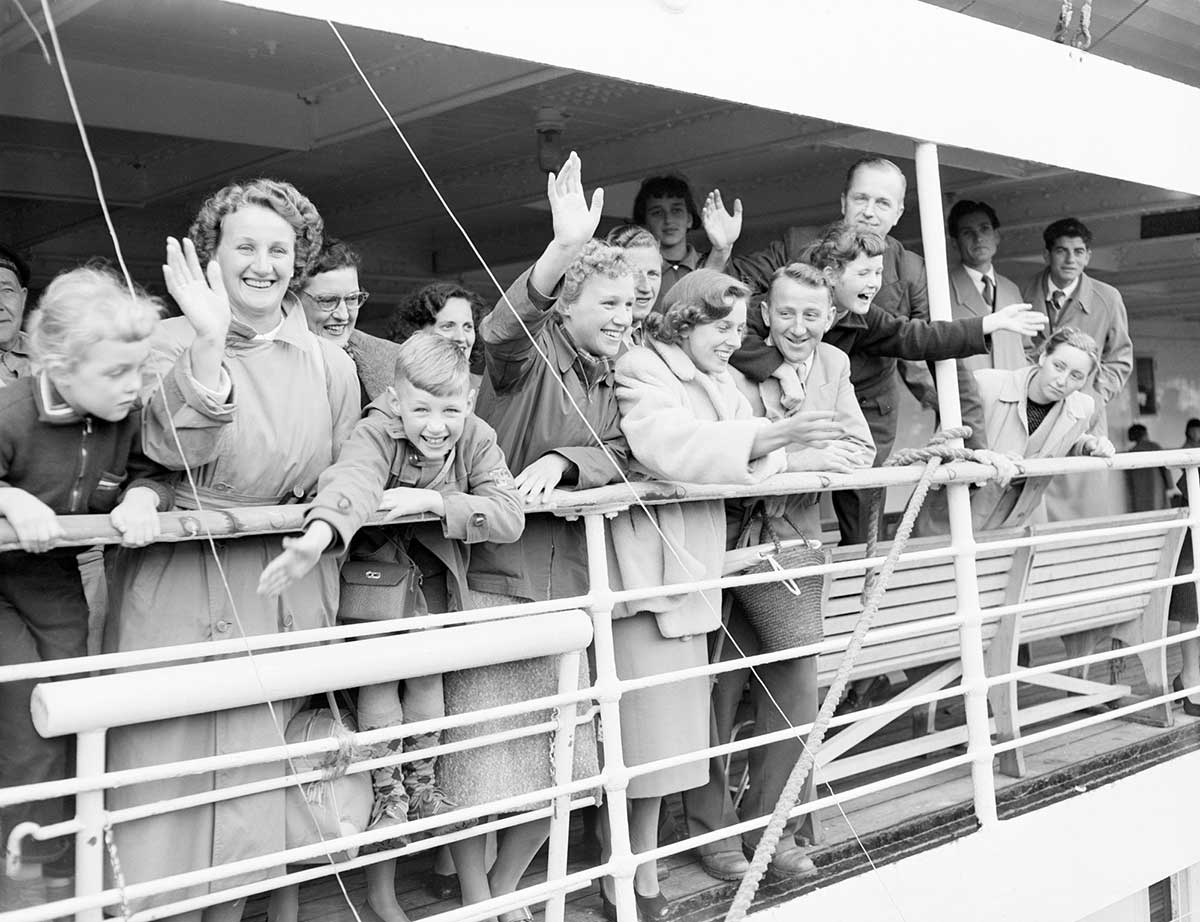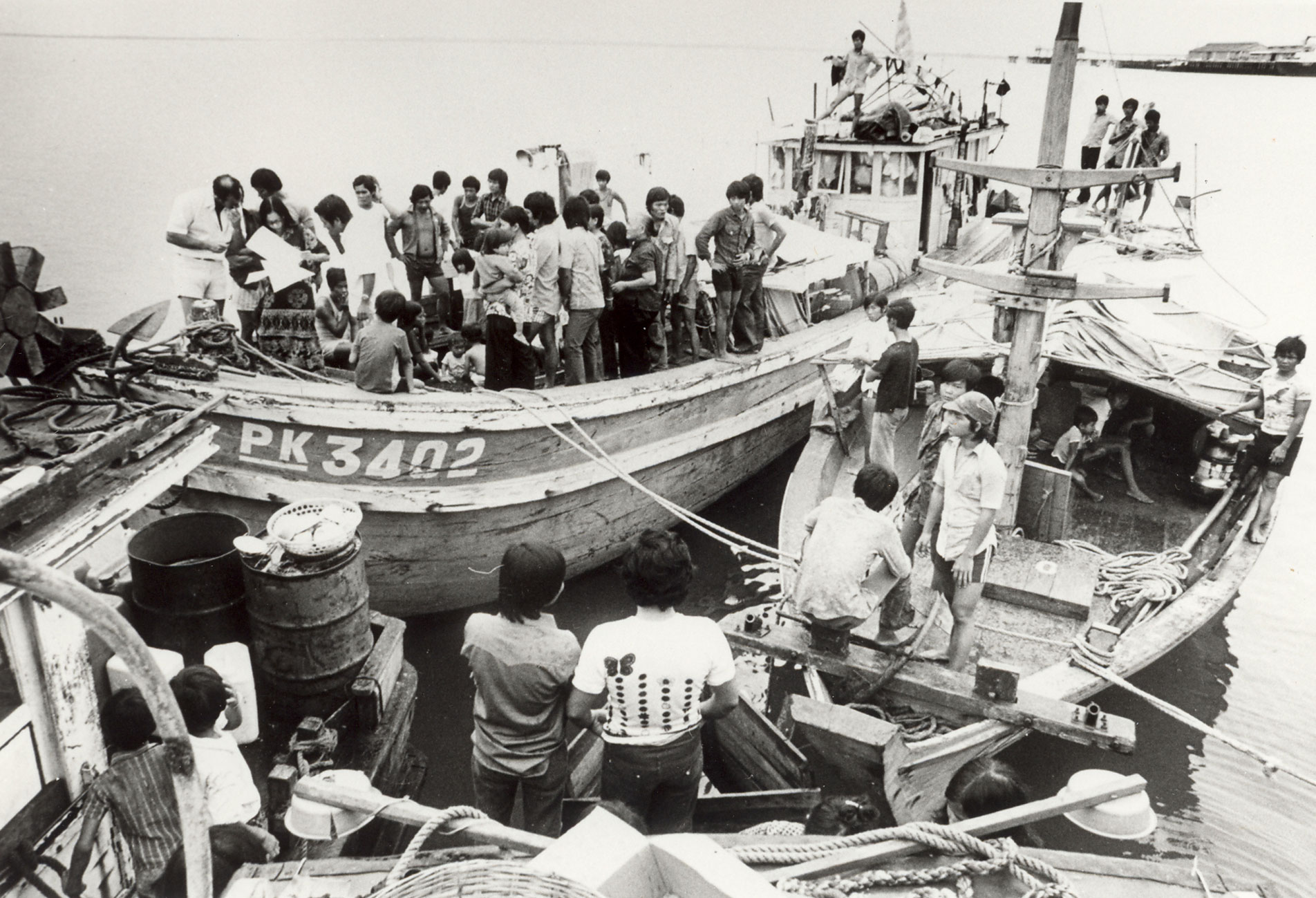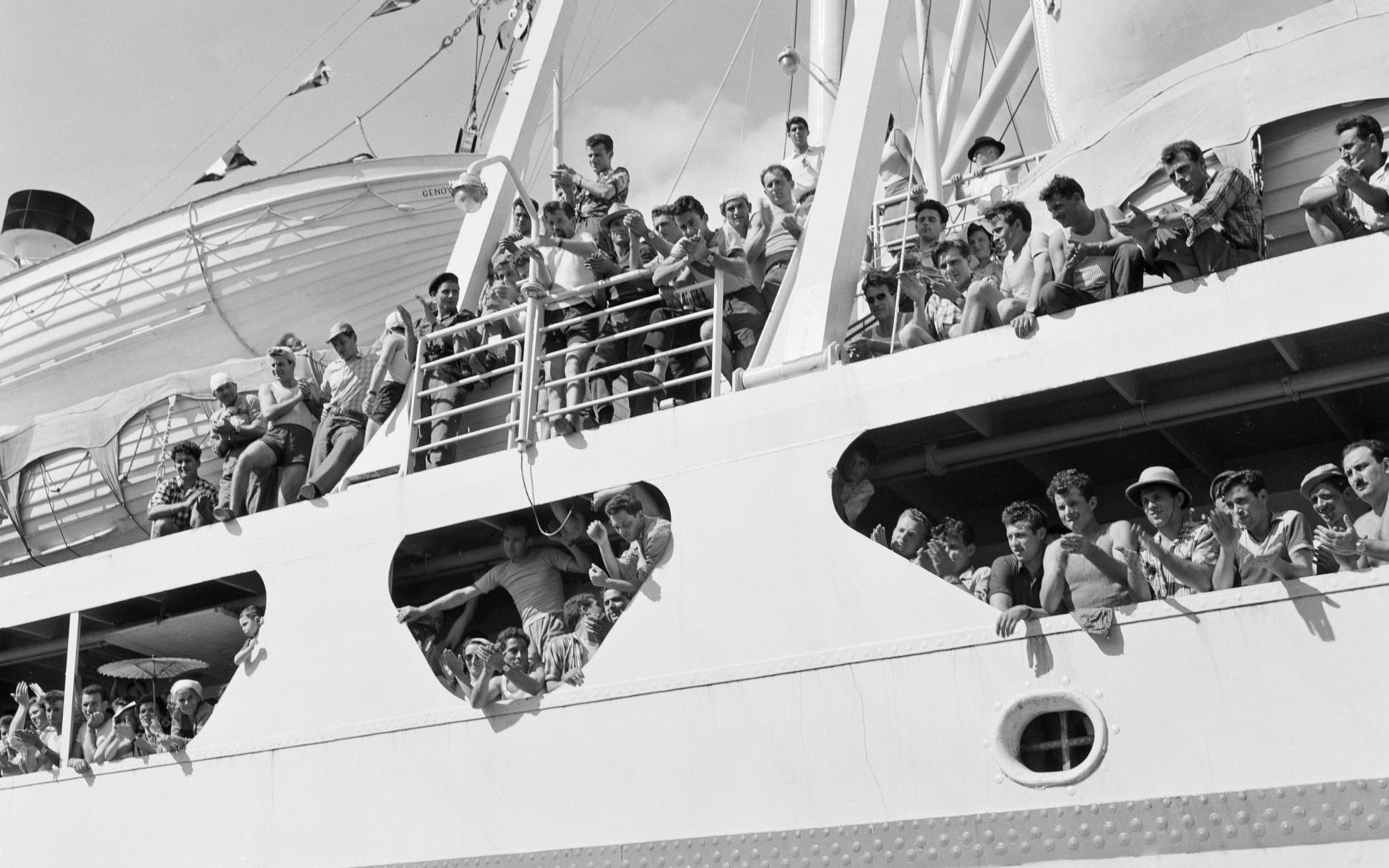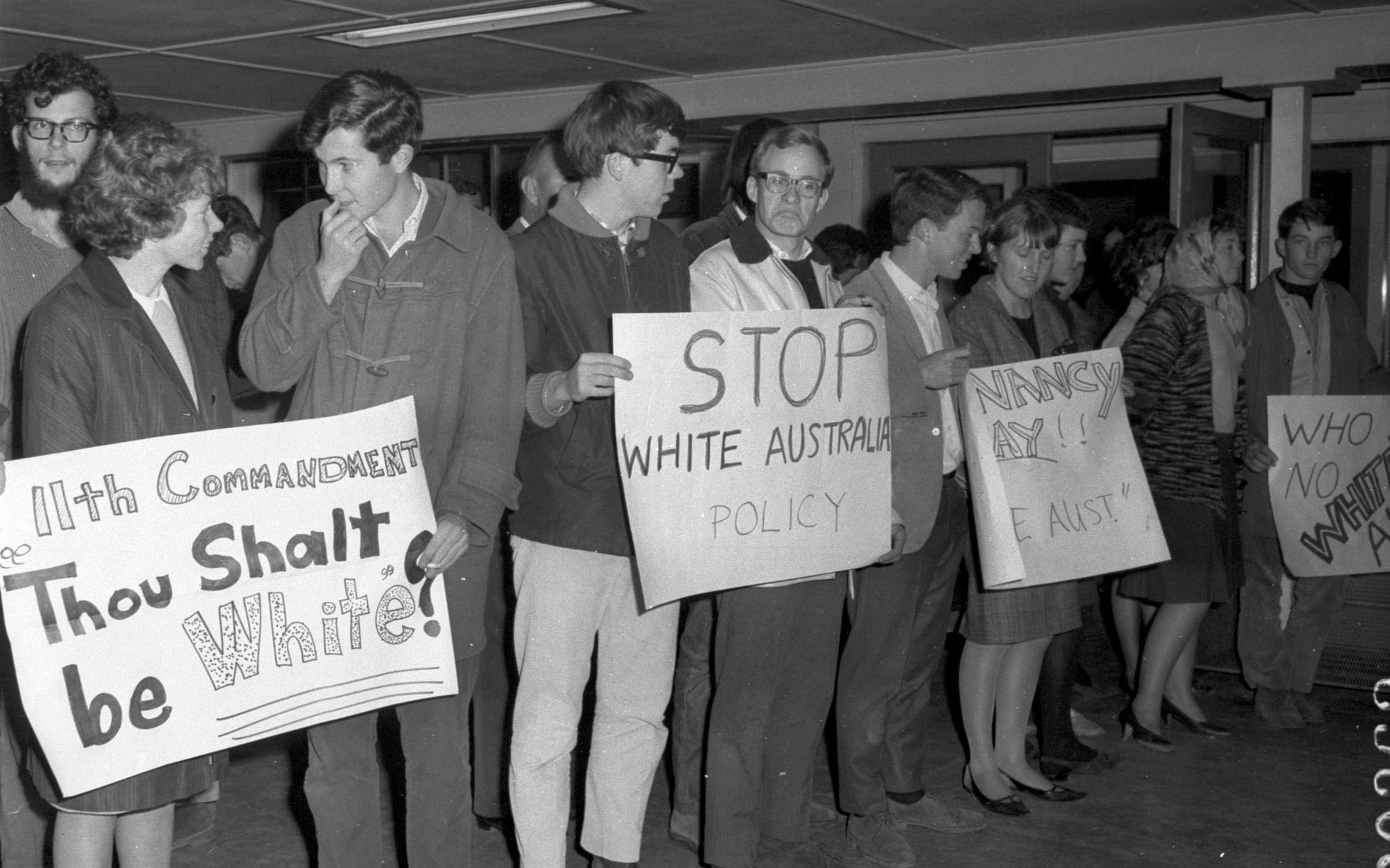‘We would like permission to stay in Australia’
1976: First arrival of Vietnamese refugees by boat
‘We would like permission to stay in Australia’
1976: First arrival of Vietnamese refugees by boat
In a snapshot
On 26 April 1976 the first boatload of refugees fleeing Vietnam sailed into Darwin Harbour. They, and those who followed, left Vietnam following the Vietnam War. Over the next few years about 2000 more refugees travelled to Australia in boats. But most refugees from Vietnam came to Australia by plane after being selected by Australian officials in refugee camps set up throughout South-East Asia. Since 1976 Australia has become home to a thriving Vietnamese community.
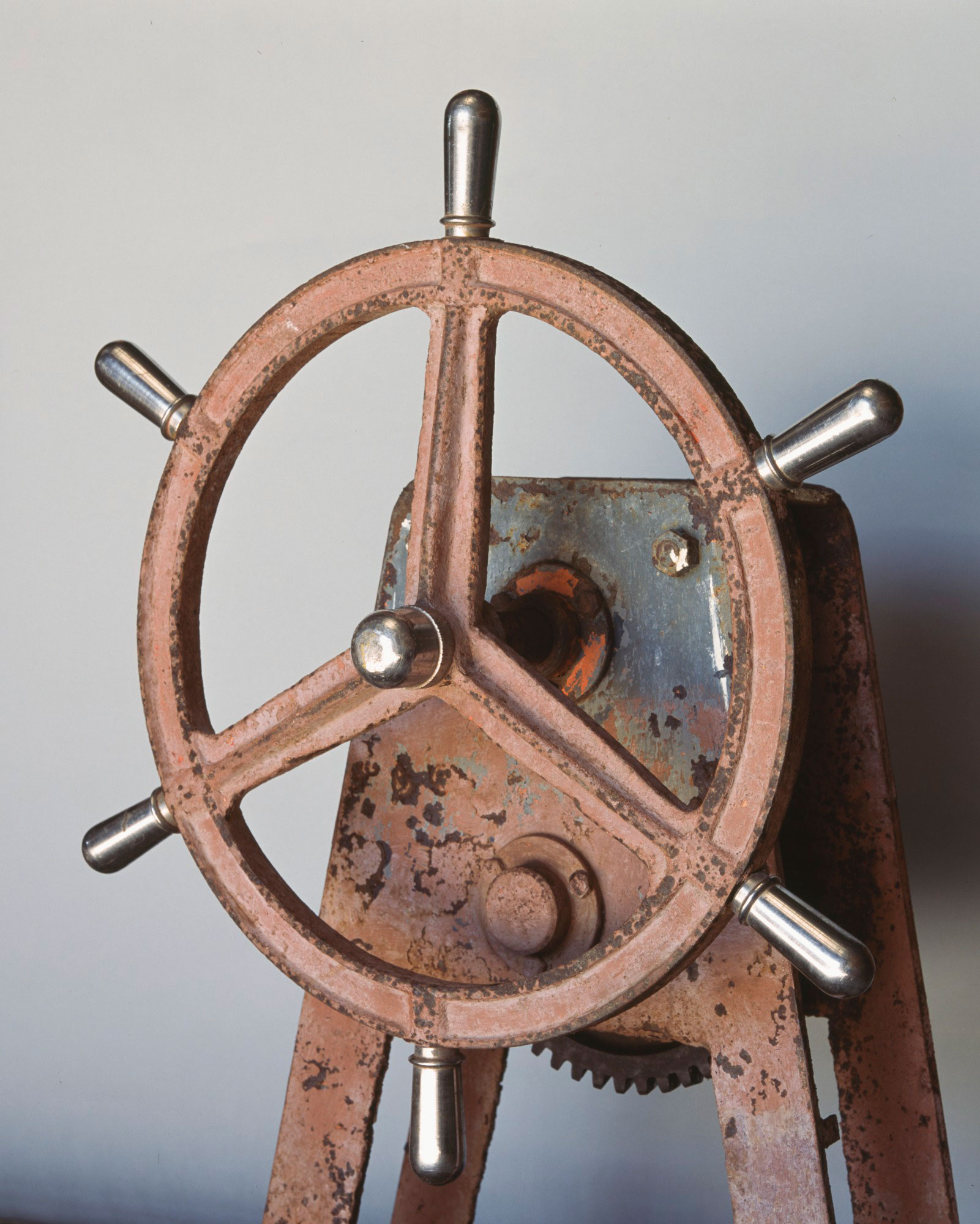
 Can you find out?
Can you find out?
1. Who were the first Vietnamese refugees to come to Australia in 1975?
2. How did Vietnamese refugee Lam Binh and his brother reach Australia in 1976?
3. How did the majority of Vietnamese refugees make their way to Australia?
Why did people flee Vietnam?
Since the 1950s North and South Vietnam had been at war with one another. North Vietnam was supported by the Soviet Union (Russia) and China, and South Vietnam was supported by the United States, the Philippines, Australia and others.
By early 1975 it became clear that North Vietnam was going to defeat South Vietnam. As the North Vietnamese military took control of the whole country, it began to persecute those who had (or were thought to have) supported South Vietnam. This caused many people to flee Vietnam, usually on boats. Most sought asylum in neighbouring countries.
Not everyone who tried to leave Vietnam was successful. Many people were captured while trying to escape. An unknown number of refugees died because of dangerous seas, overcrowded or unsafe boats and pirate attacks.
When did the first Vietnamese refugees reach Australia?
The very first Vietnamese refugees to reach Australia were orphaned children. In April 1975, before the North Vietnamese victory, 3000 children were evacuated from Saigon (the capital of South Vietnam). This was called Operation Babylift. The children were flown to the United States, the United Kingdom, Canada and Australia.
Research task
Find out the important differences between a migrant, a refugee and an asylum seeker.

The first adult refugees arrived in Australia in a 20-metre boat named the Kein Giang. The boat sailed into Darwin Harbour on 26 April 1976. The 20-year-old captain, Lam Binh, had sailed for 3500 kilometres with his younger brother and three friends, hoping to find safety.
Binh was not a sailor; he had taught himself to navigate as part of his escape plan. At first he used a page torn from a school atlas as a map. Later he found a better map, but it did not go past Timor. Binh navigated the rest of the way to Australia without a map.
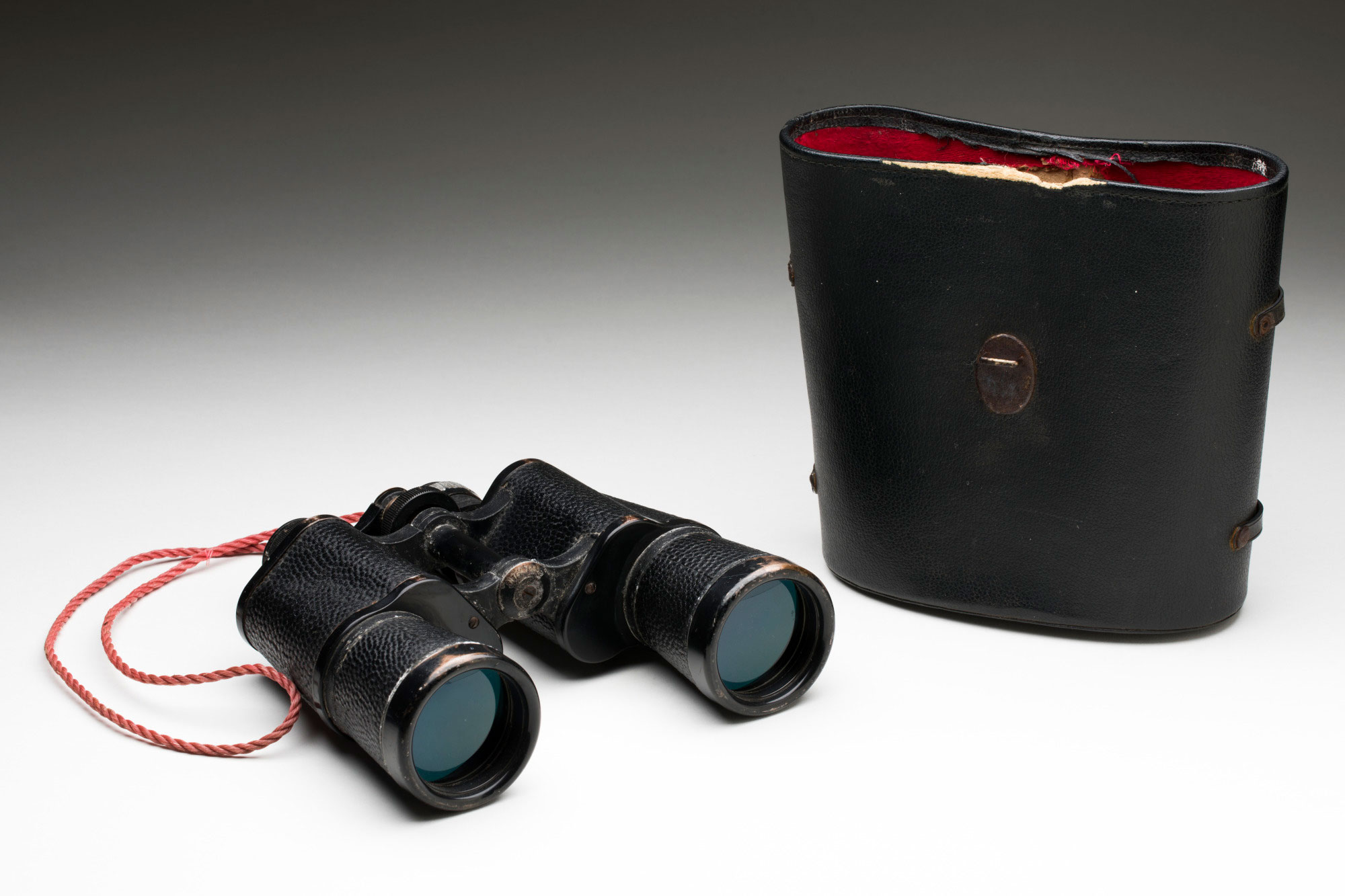
How did most Vietnamese refugees arrive in Australia?
Refugees kept fleeing Vietnam during the late 1970s. In 1978 a total of 106,489 refugees arrived in Hong Kong and South-East Asian countries. Between 1978 and 1979 another 166,604 refugees arrived.
Vietnam’s neighbouring countries struggled to cope with the growing numbers of refugees. Many refugees arrived by boat to seek safety, but were only given fuel and sometimes food then sent back out to sea. Lam Binh and his group were sent away several times before deciding to try to reach Australia.
Australia promised to take in more refugees, but only if South-East Asian countries would stop turning away boats. The Australian Government sent officials to the refugee camps to choose the refugees who would be given an Australian visa. These refugees then travelled by plane to Australia. This is how most Vietnamese refugees arrived in Australia. Until 1983 Australia took more than 15,000 Vietnamese refugees each year.
Since 1976 when the Lam brothers and their friends arrived, Australia has become home to a successful Vietnamese community. In 2016 the national census showed that 219,355 people in Australia had been born in Vietnam.
Research task
Search the Museum’s collection for objects and images related to refugees. Choose one to examine closely. What does the object or image tell you about the experience of refugees?
‘Welcome on my boat. My name is Lam Binh and these are my friends from South Vietnam and we would like permission to stay in Australia.’
Read a longer version of this Defining Moment on the National Museum of Australia’s website.
 What did you learn?
What did you learn?
1. Who were the first Vietnamese refugees to come to Australia in 1975?
2. How did Vietnamese refugee Lam Binh and his brother reach Australia in 1976?
3. How did the majority of Vietnamese refugees make their way to Australia?








